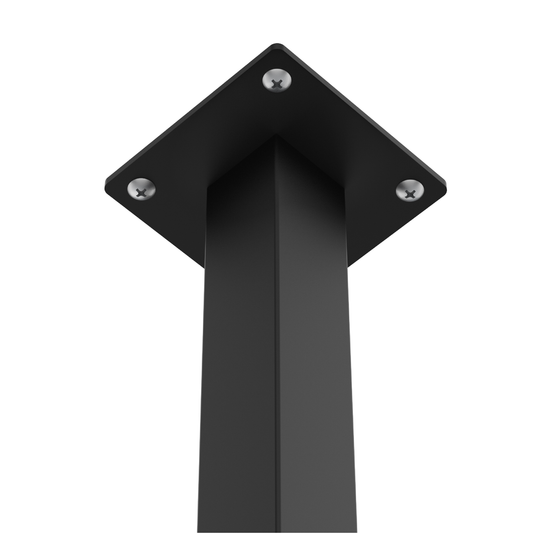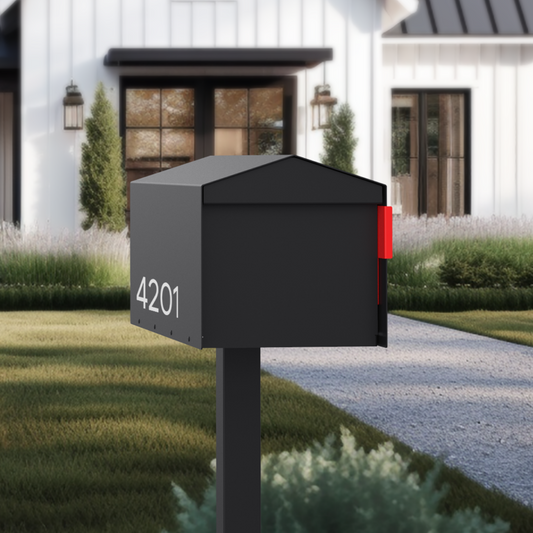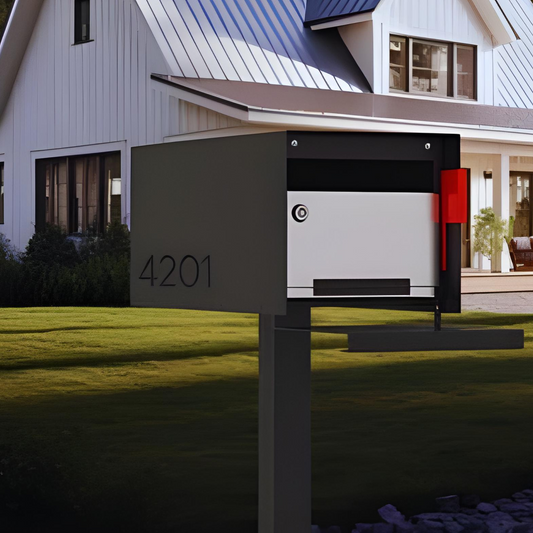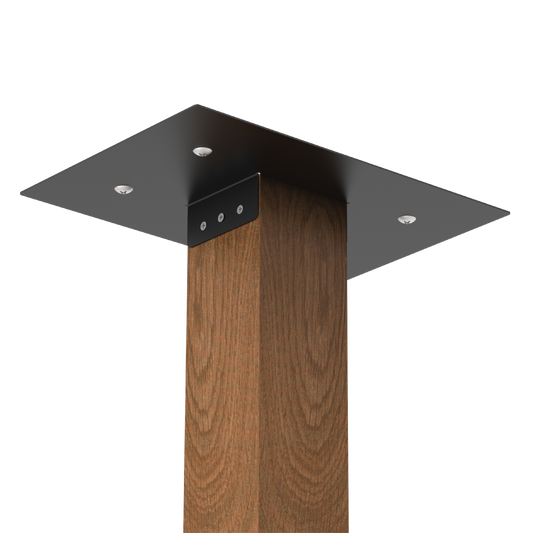When it comes to choosing the perfect mailbox for your home, the style you select can make a big difference in curb appeal. There are so many mailbox styles out there, each with its own unique flair. Whether you prefer something classic, modern, or vintage, finding the right mailbox can enhance your home's exterior and give it that special touch. Let's explore some popular mailbox styles to help you decide which one suits your home best.
Key Takeaways
- Mailbox styles vary widely, so think about what fits your home's look.
- Victorian mailboxes are great for adding a vintage charm with intricate designs.
- Mid Century Modern mailboxes offer sleek lines for a contemporary feel.
- Post mount mailboxes are common and practical for suburban settings.
- Craftsman style mailboxes combine functionality with rustic beauty.
What Are the Different Mailbox Styles?

A mailbox is one of the few architectural details every passer-by notices, yet it’s also a true workhorse—out in all weather, touched daily, and meant to last for years. Picking a style that complements your house does two things at once: it protects the practical function (mail delivery) and quietly reinforces the story your exterior already tells. Most residential boxes fall into five clear families, each shaped by the design ideals of a particular era.
Victorian / Traditional
Ornate trim, raised panels, and small finials echo late-19th-century porch brackets. Boxes are usually cast aluminum or brass so they hold crisp ornament and accept deep, glossy paint.
Craftsman
Tapered lines, exposed joinery, and warm earth tones come straight from the Arts-and-Crafts playbook. Cedar or redwood shells pair with hammered-copper doors or riveted straps, matching stone piers and rafter tails on the house.
Vintage (1920s–1940s)
Rounded tops, postal-eagle motifs, and hand-painted numbers give a touch of nostalgia. Materials lean to painted steel or burnished copper—simple, sturdy, and unmistakably “pre-mid-century.”
Mid-Century Modern
Flat lids, boxy silhouettes, and punchy two-tone colors capture the optimism of the 1950s–60s. Powder-coated steel or aluminum keeps the lines sharp, while teak or mahogany accents add a layer of warmth.
Post-Mount vs. Alternatives
Most Victorian, Craftsman, Vintage, and Mid-Century boxes were designed to sit on a post at the curb. Today you can still follow that format—wood column, steel pedestal, or masonry sleeve—or switch to wall-mount or door-slot versions if lot size or local rules demand it. Mounting style doesn’t change the visual language of the box, but it does affect height, setback, and parcel capacity.
Choose the family that echoes your home’s materials and color palette, and the mailbox will feel intentional—not tacked on. The sections that follow dive deeper into each category, tracing design cues, ideal materials, and the posts that best complete the look.
What’s a Victorian-Style Mailbox?

Victorian mailboxes echo the decorative exuberance of the late-19th century, when cast-metal ornament and curved profiles dressed everything from porch columns to garden urns. A true Victorian box reads like a miniature architectural souvenir: arched door, raised panels, and scroll-worked brackets that soften the otherwise rectangular shell.
Most originals—and the best modern reproductions—are cast aluminum or cast iron. Casting captures the crisp shadow lines that give each motif depth, and the metal’s mass keeps the door from rattling in wind. A baked-on enamel or powder-coat finish in gloss black, hunter green, or burgundy resists rust and highlights the relief work.
Common Victorian Features
- Scroll or leaf brackets under the box body
- Arch-top or mansard-style lid with a small finial
- Raised panel sides or embossed crest on the door
- Optional integrated newspaper cradle or front apron
Pair the box with a fluted cast post or a square wood column finished in the same gloss paint. A Victorian mailbox suits homes with Queen-Anne gables, spindle-work porches, or decorative cornices—but it can also lend a single note of romance to a plainer façade.
What’s a Craftsman-Style Mailbox and Post?
Rooted in the Arts-and-Crafts movement, a Craftsman mailbox turns everyday hardware into a small exhibit of honest materials and visible joinery. The box is typically a simple rectangle, but details set the tone: a gently pitched lid that echoes a bungalow roof, recessed panels framed by narrow rails and stiles, and hardware finished in bronze or hammered copper instead of bright chrome.
Quick Craftsman Cues
- Tapered cedar or redwood post finished in a warm, semi-transparent stain
- Copper, bronze, or blackened-steel hardware left visible
- Box panels framed by slim rails and stiles; lid angle mirrors roof pitch
- Optional stone or brick base that matches existing masonry
Installed at the standard 41–45-inch height and 6–8-inch curb setback, a Craftsman mailbox and post become a seamless extension of your home’s beams, brackets, and natural finishes.
What’s a Vintage-Style Mailbox?

“Vintage” covers the decades between ornate Victorian flourish and crisp mid-century geometry—roughly the 1920s through the early 1940s. Boxes from this period simplify ornament into rounded lids, stamped eagle crests, and ribbed bodies that feel more industrial than decorative.
Defining Features
- Curved or domed roof that sheds water
- Embossed details—postal eagles, vertical ribs, or raised address panels
- Thick-gauge steel or cast iron for weight and durability
- Muted enamel finishes in forest green, oxblood, or cream
A vintage mailbox drops a touch of nostalgia at the curb, pairing well with Colonial Revival, Craftsman bungalows, or any home with period details. The heft makes the door satisfyingly solid, and the gentle patina grows richer over time.
What’s a Mid-Century Modern Mailbox?

Mid-century mailboxes echo the streamlined optimism of the 1950s and ’60s—crisp geometry and a controlled splash of color. Picture a low-slung ranch house reduced to mailbox scale: right angles, flat lids, and hidden hardware so the silhouette stays perfectly clean.
Signature Details
- Boxy rectangle or gentle radius front—never ornate curves
- Two-tone or bold colors (mustard, teal, burnt orange) against neutral bases
- Flush doors that pivot on hidden pins
- Mixed materials: powder-coated steel with teak or mahogany accents
Pair the box with a slim pedestal or a 4x4 post wrapped in a matching metal sleeve. Larger parcel-friendly versions may require a 4x6 core or welded-steel column for stability.
Post-Mount Mailbox or Alternatives?
Once you’ve settled on a style family, the next decision is how the box attaches to your property. A post-mount remains the default for most curbside deliveries, but wall-mount, door slot, column sleeve, or cluster options may be better depending on your lot and mail volume.
| Format | When It’s Ideal | Points to Check |
|---|---|---|
| Post-mount | Standard suburban lots with a grass verge or shoulder. | Confirm footing depth (24 in.+) and bracket compatibility. |
| Wall-mount | Narrow or zero-setback lots. | Anchor into framing; limited parcel capacity. |
| Door mail slot | Row houses, townhomes, or security-focused homeowners. | No parcel capacity; add an interior basket to catch mail. |
| Column / masonry sleeve | Entries featuring brick or stone. | Requires masonry tools and footing; hard to relocate. |
| Cluster or parcel locker | New developments, rural roads, or package-heavy areas. | Specs set by USPS; limited style choices. |
Picking the Right Fit
- Space & access: Wall boxes and slots work when frontage is tight.
- Security & volume: Locking post-mounts deter theft; cluster lockers handle parcels.
- Architectural harmony: Match style family to your home’s exterior.
- Future flexibility: Posts are easy to update; masonry and wall slots are permanent.
Match the mounting format to your lot constraints and daily mail routine, and any of the style families covered earlier will function as well as they look.
Learn more about post mounted vs wall mounted mailboxes.




